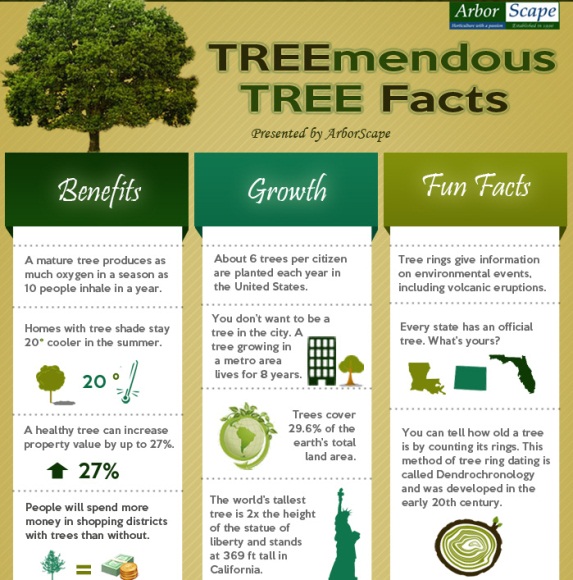Post-Tree Elimination Upkeep Is Important For Restoring Your Landscape; Learn Essential Actions To Revitalize Your Location And Stay Clear Of Prospective Troubles
Post-Tree Elimination Upkeep Is Important For Restoring Your Landscape; Learn Essential Actions To Revitalize Your Location And Stay Clear Of Prospective Troubles
Blog Article
Web Content Produce By-Hinrichsen McCollum
After a tree's removal, your landscape might look rather various, and it's necessary to examine the aftermath meticulously. You'll intend to examine the soil disruption and check surrounding plants for any type of indicators of stress and anxiety. Overlooking these factors can lead to bigger troubles down the line. So, what should you make with those stumps and origins? And exactly how do you pick the very best plants for your rejuvenated space? Let's discover these essential actions.
Examining the Consequences: Reviewing Your Landscape
After a tree removal, it's vital to assess your landscape to recognize the impact it has on your backyard.
Start by taking a look at the location where the tree stood. Search for indications of soil disruption, and examine the surrounding plants for any kind of anxiety or damages.
You should also keep in mind of how the elimination has actually altered sunlight direct exposure and airflow in your yard. This shift can impact the development of nearby plants, so it's vital to examine their health.
Take into consideration the visual facets also; the removal might produce an open space that you can redesign.
Ultimately, think of any prospective disintegration concerns that may arise from the tree's lack. Resolving these factors early will aid bring back equilibrium to your landscape.
Handling Stumps and Roots: Options for Removal
As soon as you've assessed the after-effects of the tree removal, you'll likely require to tackle the stump and origins left.
You have a couple of choices for removal. One effective approach is stump grinding, where a specialist uses a maker to grind the stump to underground level. This method leaves marginal disturbance to your landscape.
If How To Prune A Palm Tree favor a do it yourself method, you can utilize a combination of excavating and chemical stump removers. Simply bear in mind, this procedure can require time and effort.
Conversely, consider leaving the stump as a natural feature, which can act as an one-of-a-kind garden component or environment for wildlife.
Whatever you select, resolving the stump and origins is essential for restoring your landscape.
Choosing the Right Plants for Your New Space
As you analyze your recently cleared area, picking the right plants can significantly improve your landscape's beauty and capability.
Begin by taking into consideration the sunlight and dirt conditions. For warm locations, opt for drought-resistant plants like lavender or succulents. In shaded spots, ferns and hostas flourish well.
Consider the size and growth practices of your plants; mix perennials and annuals for seasonal range. Do not fail to remember to incorporate Tree Removal Near Me call for much less upkeep and support regional wildlife.
Team plants in strange numbers for a much more all-natural appearance and create layers for visual depth.
Lastly, ensure you have a mix of shades and structures to maintain your landscape lively throughout the periods.
Pleased planting!
Conclusion
In conclusion, restoring your landscape after tree elimination is a satisfying procedure. By examining the results, resolving stumps and origins, and picking the right plants, you'll develop a successful setting. Don't neglect to integrate erosion control steps to secure your soil. With a little initiative and care, you can transform your room into a dynamic garden that enhances your residential or commercial property. Accept the possibility to invigorate your landscape and appreciate the appeal of nature right in your backyard!
